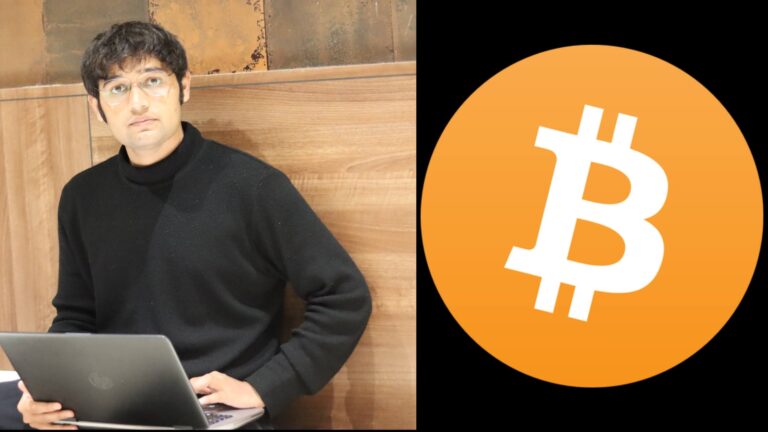Bitcoin Peer-to-Peer (P2P) Trading Explained: Everything You Need to Know Before Investing – By Founder

Published on: [10/03/2025]
Author: Savan – Founder, Foundersch.com
Bitcoin Peer-to-Peer (P2P) Explained: Everything You Need to Know Before Investing – By Founder
Introduction
Bitcoin revolutionized how we think about money. But beyond the buzzwords and price charts, lies one of its most powerful features — the peer-to-peer (P2P) system. Understanding how Bitcoin P2P works is crucial before making any investment decisions.
In this article, I’ll explain what Bitcoin P2P really means, how it works, the benefits, risks, and everything you should know — from a founder’s perspective.
What Does Peer-to-Peer (P2P) Mean in Bitcoin?
P2P stands for Peer-to-Peer, which means users can send Bitcoin directly to one another without relying on a middleman like a bank or payment service. Instead, transactions are verified by a decentralized network of computers known as nodes, all running the Bitcoin protocol.
It’s like transferring money directly from your wallet to someone else’s, without Paytm, UPI, or Visa in between.
How P2P Bitcoin Works
When you make a transaction:
- You broadcast your transaction to the Bitcoin network.
- The network of nodes (computers) validates it using complex algorithms.
- Once confirmed, it’s added to the blockchain, Bitcoin’s public ledger.
This entire process happens without any single authority controlling it — no banks, no governments, no central servers.
Benefits of P2P Bitcoin Transactions
✅ Full Control Over Your Money
No third-party holds or blocks your funds. You’re your own bank.
✅ Lower Fees
Traditional payment systems charge a commission. Bitcoin P2P cuts most of that out.
✅ Global Access
Send Bitcoin from India to the US or anywhere in seconds, 24/7.
✅ Censorship-Resistant
Governments or platforms can freeze accounts, but they can’t stop Bitcoin transactions.
Risks You Should Know Before Investing
⚠️ Volatility
Bitcoin prices can rise or crash quickly. Only invest what you can afford to lose.
⚠️ Scams & Frauds in P2P Platforms
Many peer-to-peer trading platforms exist (like Binance P2P, Paxful), but you must verify buyer/seller ratings and reviews before trading.
⚠️ Lack of Regulation
In some countries, Bitcoin regulations are unclear. India allows Bitcoin trading, but it’s not legal tender.
Top P2P Bitcoin Platforms in India
- Binance P2P
- WazirX P2P
- LocalBitcoins (global)
- Paxful (global)
All of these platforms offer escrow services, meaning your Bitcoin is held safely until both sides confirm the transaction.
Steps to Start P2P Bitcoin Investing
- Create a wallet – Use apps like Trust Wallet or hardware wallets like Ledger.
- Choose a P2P platform – Register and complete KYC.
- Fund your account – UPI or bank transfer is common in India.
- Find a seller – Choose based on price, payment method, and reviews.
- Make the payment & receive Bitcoin securely in your wallet.
Bitcoin P2P vs Traditional Crypto Exchanges
| Feature | P2P Trading | Traditional Exchange |
|---|---|---|
| Middleman | No | Yes |
| Fees | Low | Medium-High |
| Privacy | Higher | Lower |
| Risk of Fraud | Medium | Low |
| Ideal for | Direct trade | Regular investors |
Founder’s Final Thoughts
Bitcoin’s peer-to-peer nature is what makes it truly revolutionary. It gives power back to individuals, especially in countries with strict financial systems. But power comes with responsibility. Whether you’re trading or investing, educate yourself, use secure wallets, and avoid shortcuts.
P2P is not just a feature — it’s the foundation of financial freedom.
📬 Stay Updated
Want weekly insights on crypto, investing, and Web3?





